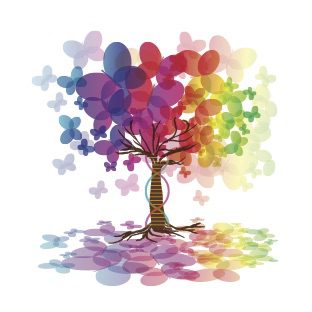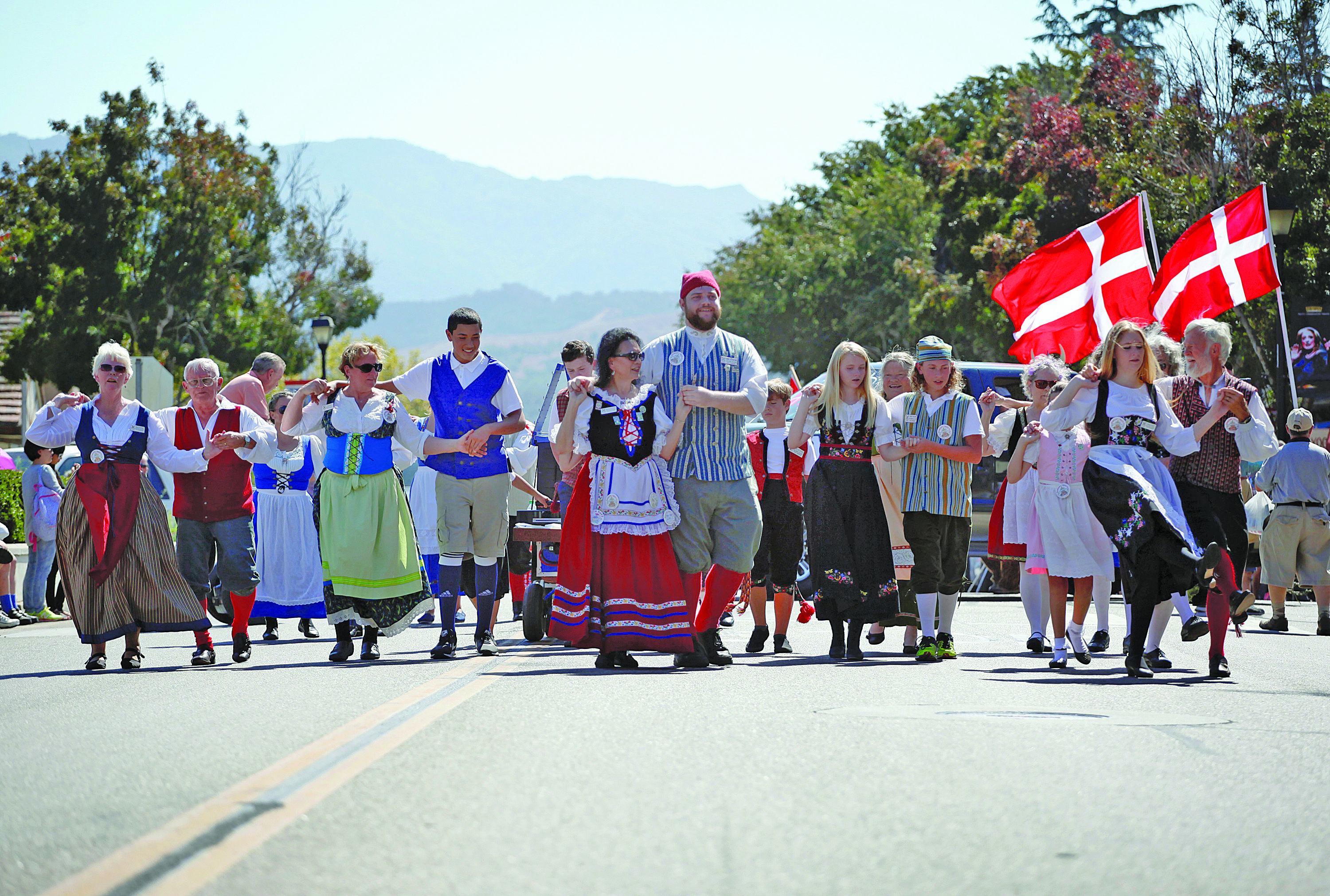By Sheila Benedict
Contributing Writer
Here it is, November 2020, and holiday season is on its way, which means gift buying for family and friends. There are few gifts more meaningful than something personal and nothing more personal than family relationships.
Genealogical research is all about family relationships: who you are, your parents, grandparents and beyond. Somehow, bringing the past to the present lets you know your place in the greater scheme of things. One body of records that includes family is census schedules.
This year, 2020, the federal population census was taken but given it is sealed for 72 years, it means in 2092, most people who were enumerated will not be alive to see it. The first federal population census was taken in 1790 and each ten years after that. With the 72-year closure rule, that means we can access 1940 and before; however, in 2022, the 1950 federal population census will be released. From 1790 through 1840, only the names of the heads of household were listed and everyone else was divided by age group and gender.
Dependent upon the year, there might be military service listed, property values, place of birth, date of marriage and much more. Everyone, including slaves, were listed on those schedules but in 1850 and 1860, the slaves were enumerated separately. Most of the 1890 census was destroyed in a 1921 fire and only fragments of some states still exist. Those are not the only census schedules. There are a number of non-population censuses, such as agricultural, manufacturing, and mortality schedules. In addition, there are state and territorial census’ and do not forget to look for schedules in other countries where your research may take you.
Unfortunately, there is not enough room here to go through and show examples of what can be found on the schedules of all types but federal census of all types can be found at the National Archives and Records Administration in Washington DC. So be sure to check their website (NARA.gov), state archives and/or libraries, FamilySearch.org., Ancestry.com and others.
As with ALL other resources, there are mistakes, often quite a few, and although an extremely important database, they must be used as one part of the full picture of a family. They need to be analyzed with other sources, one against the other and the accuracy of all needs to be based upon a thorough analysis of everything as a body of work.
Do not forget to look at the people living close by as they might be related or business partners, even close friends and have important collateral information. Be sure to record ALL your sources of information on research logs, family group sheets, ancestry charts, and family histories, and check the relevance of the evidence one to the other. Remember, be safe and well.
Have a Happy, though socially distant, Thanksgiving.
Sheila Benedict is a professional forensic and family genealogist. She is the author of Research in California, which she wrote in 2015 for the National Genealogical Societies Research in the States Series and writes articles in a variety of genealogical society newsletters and magazines.





